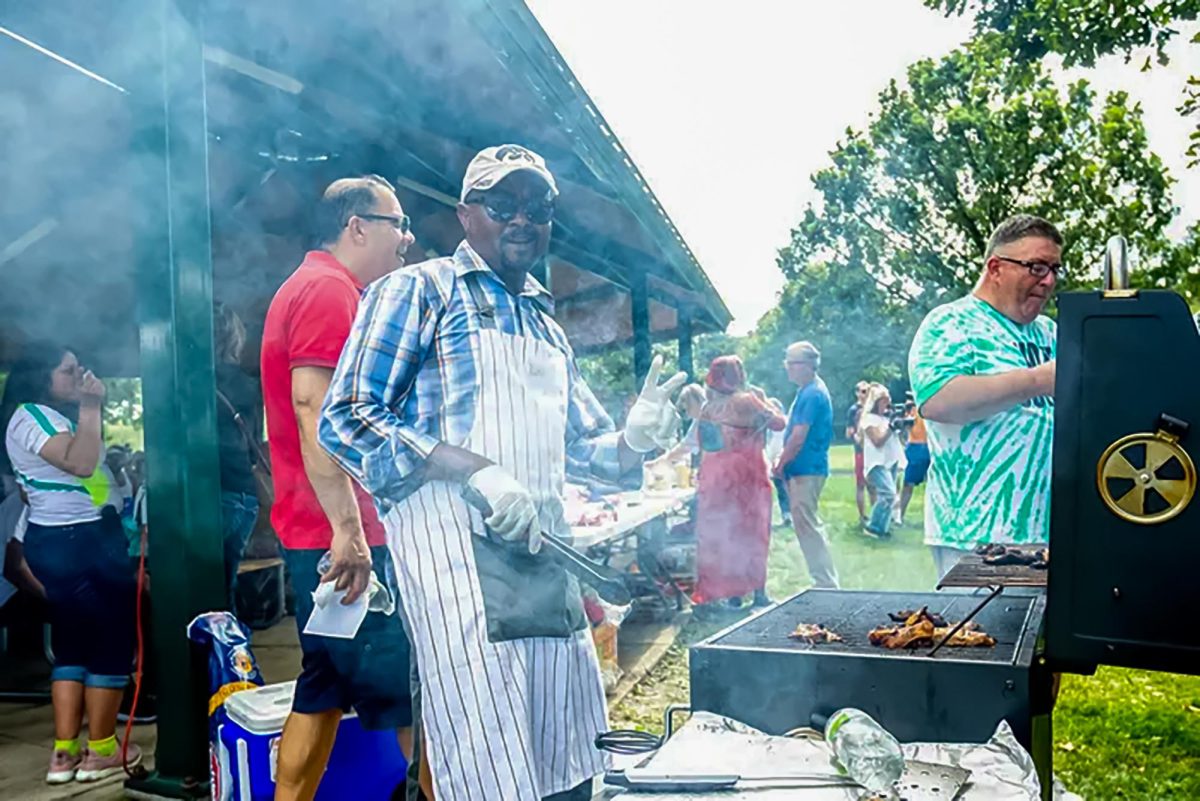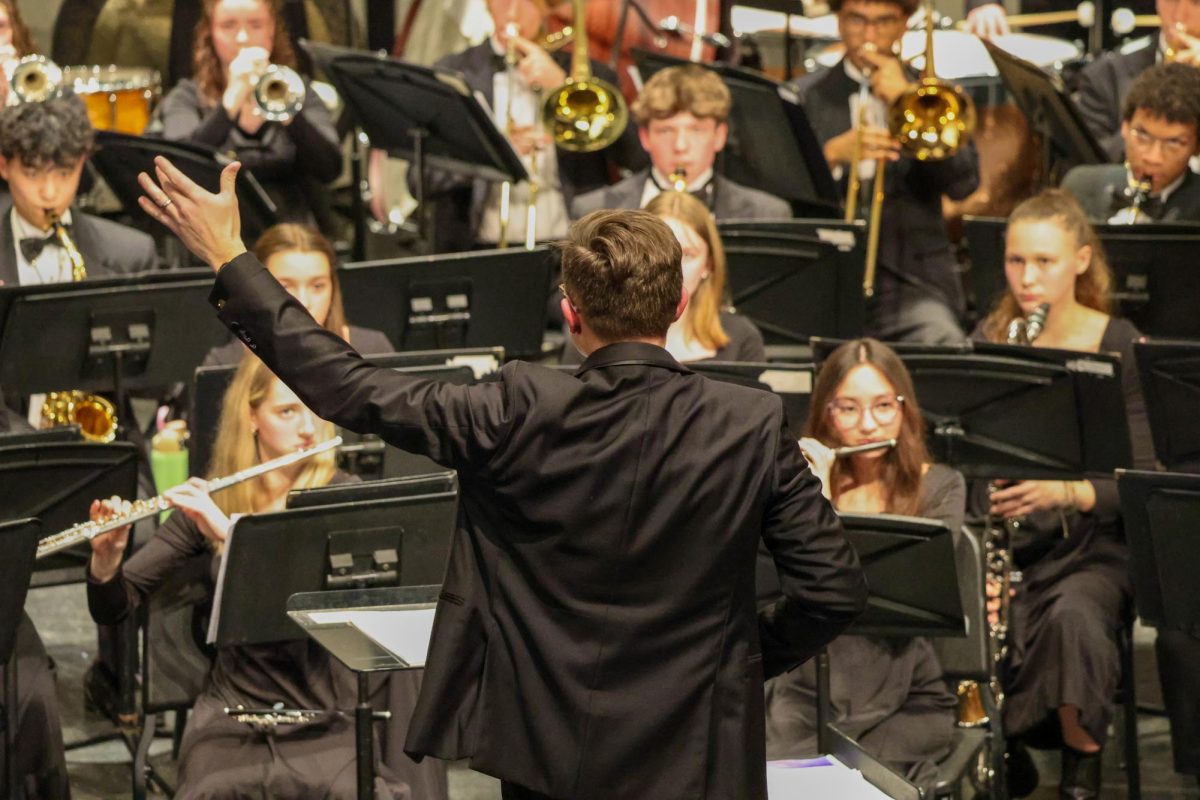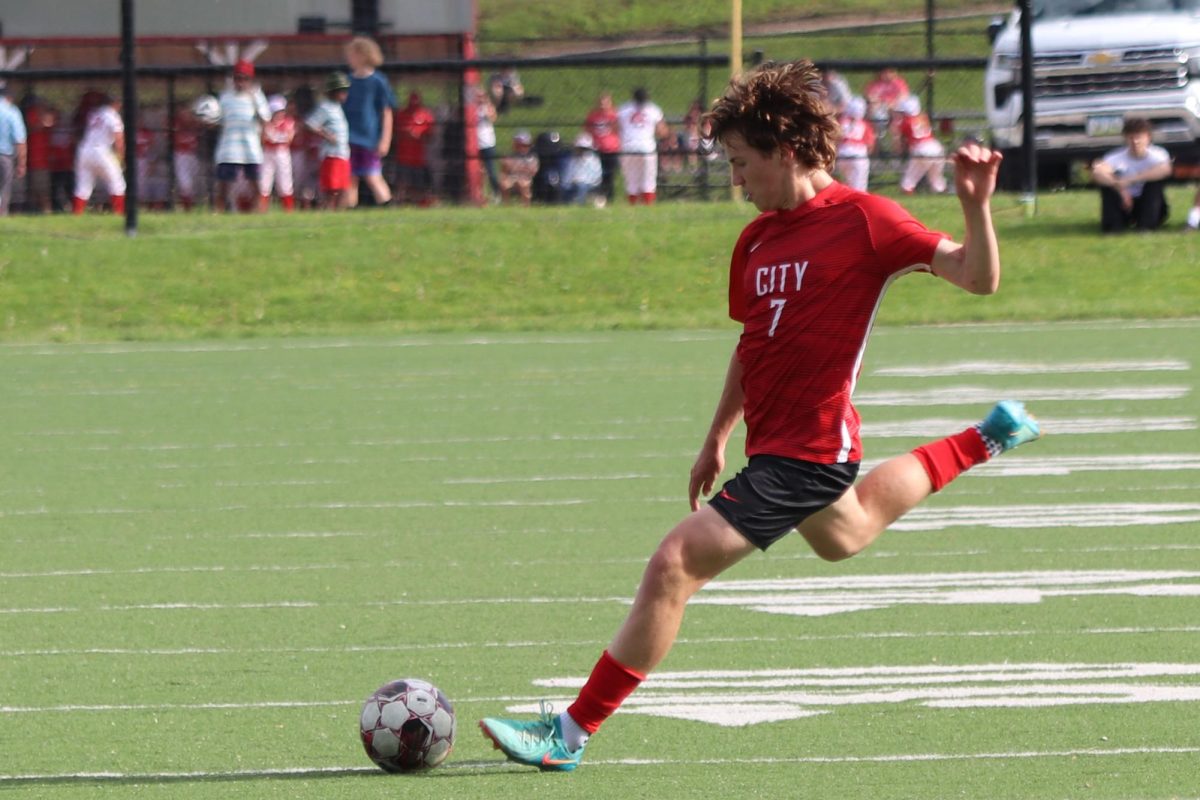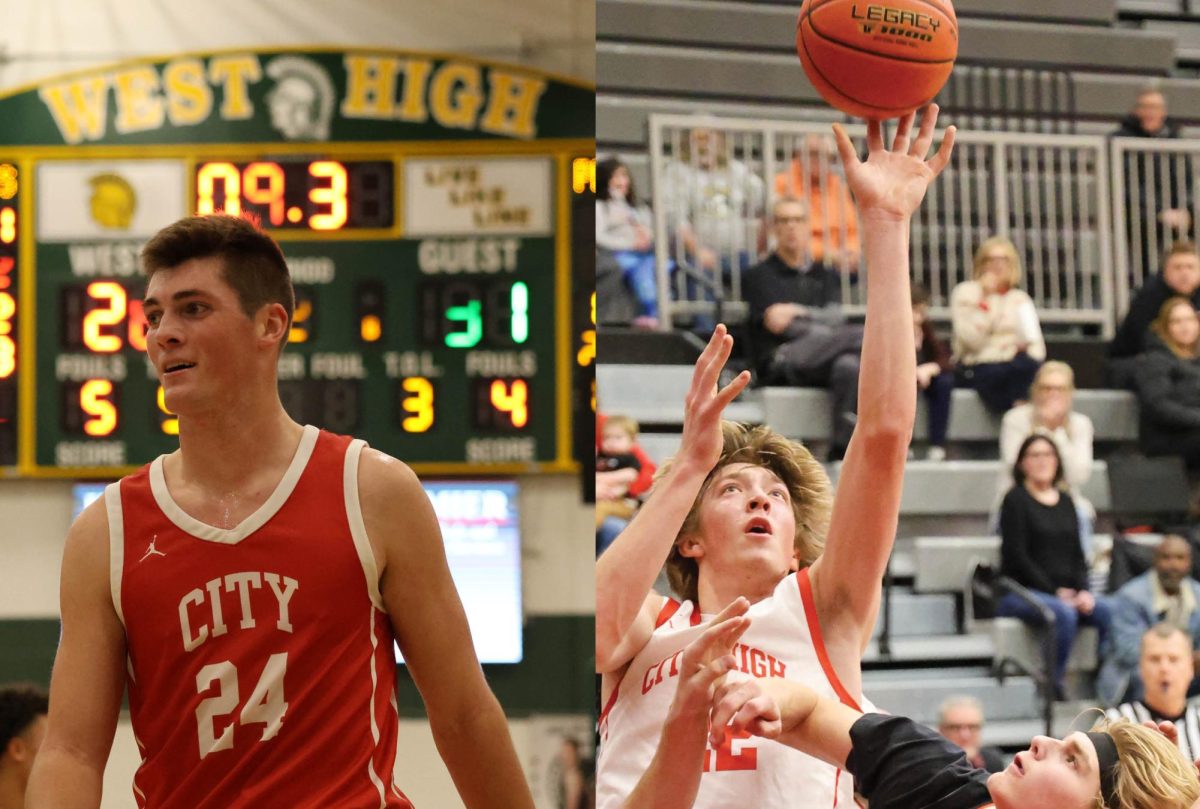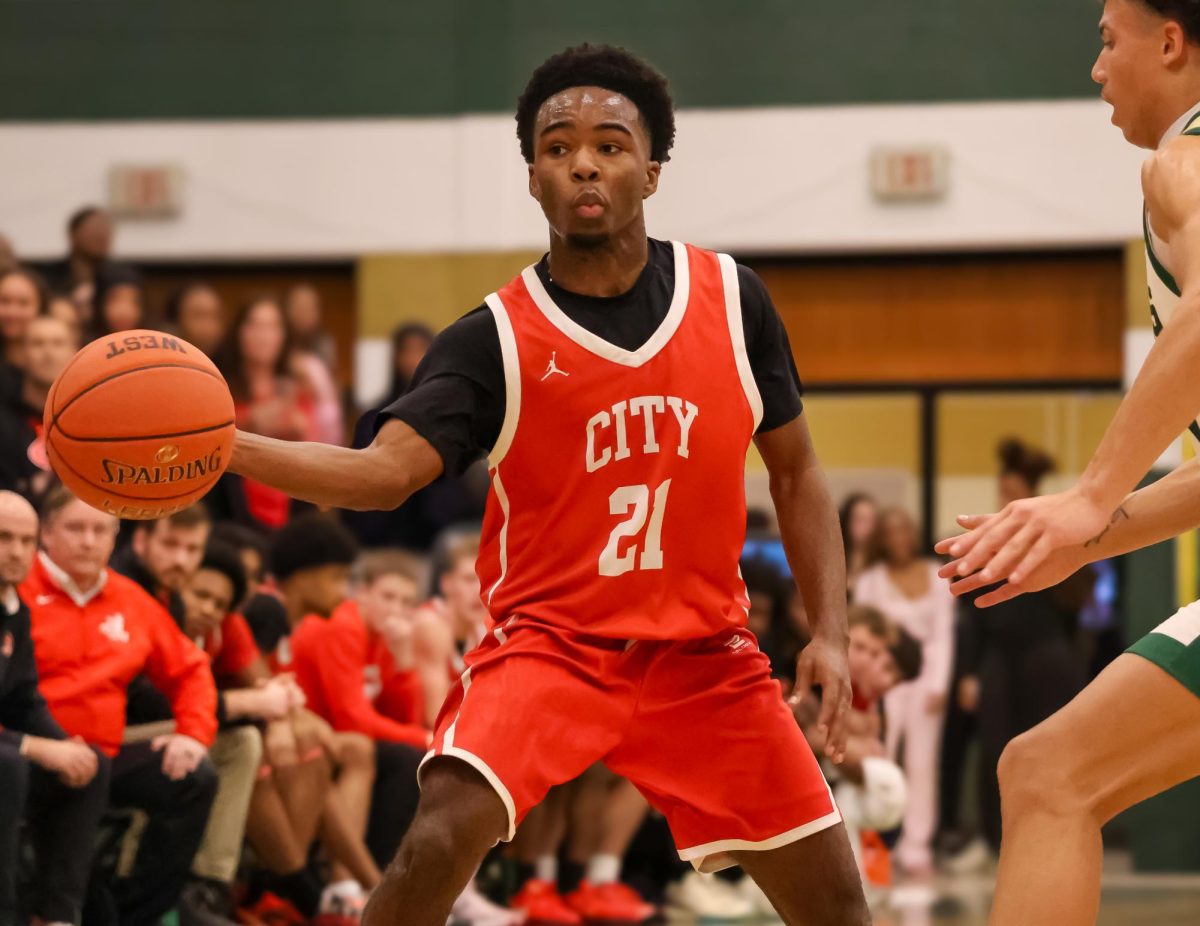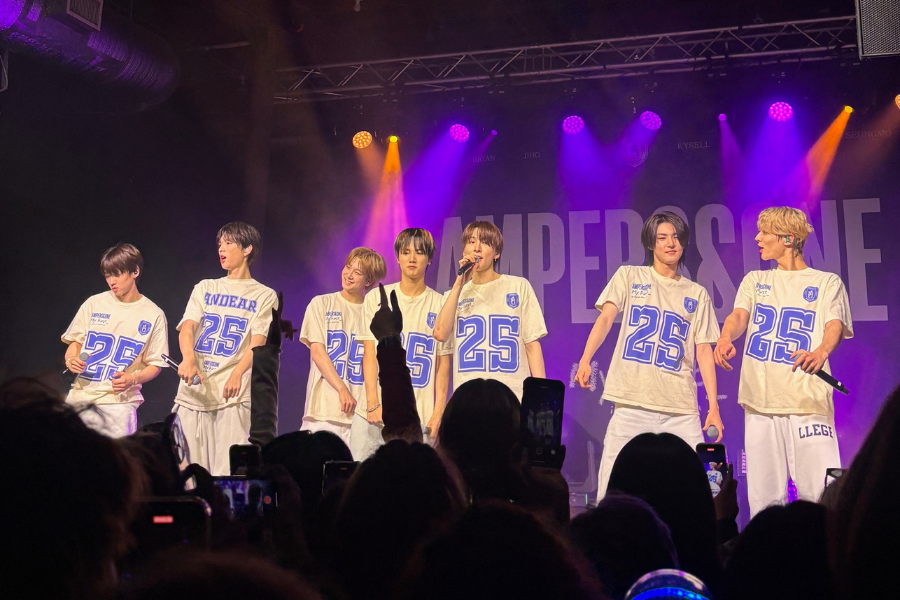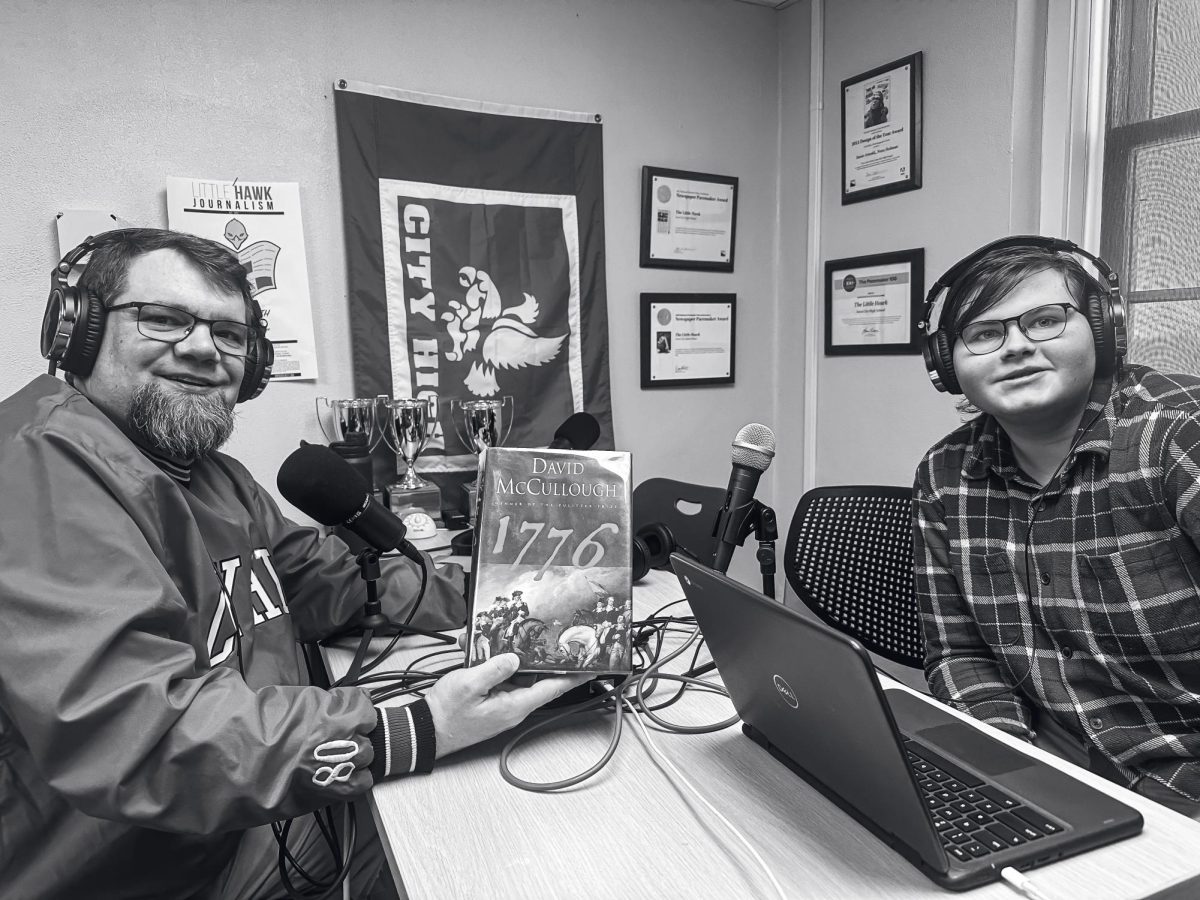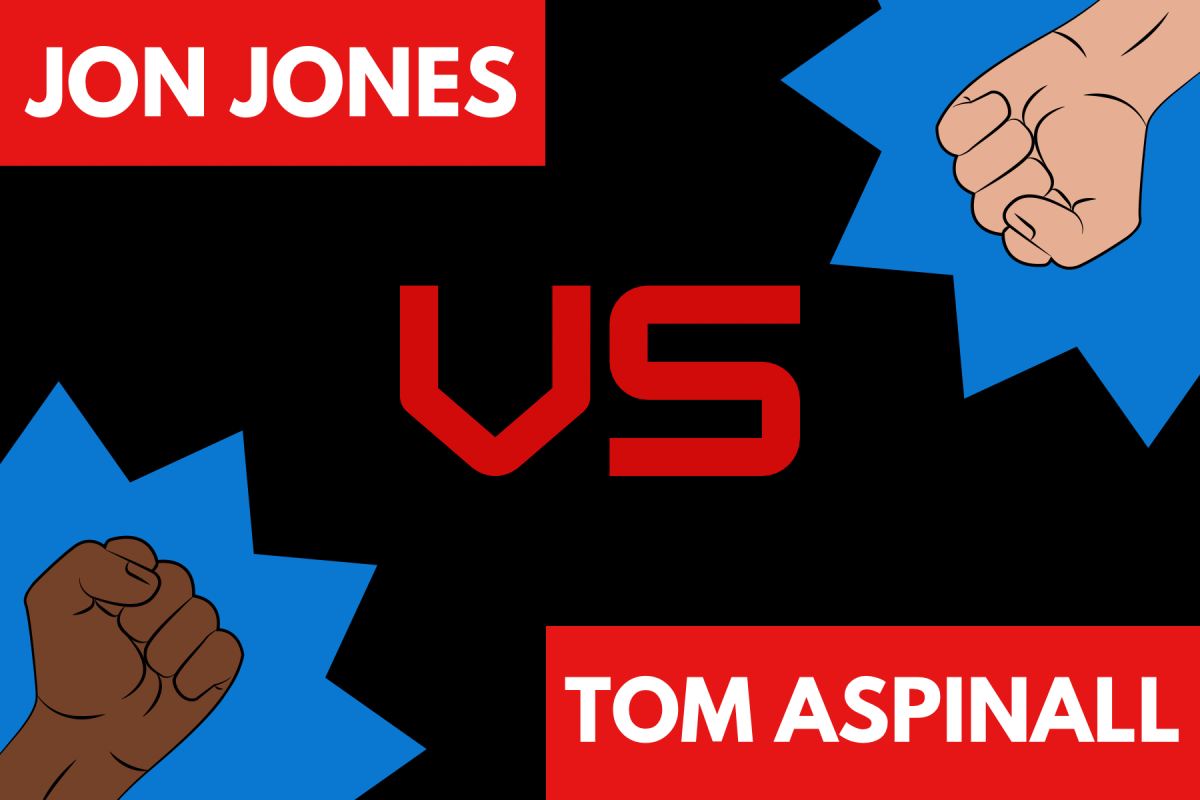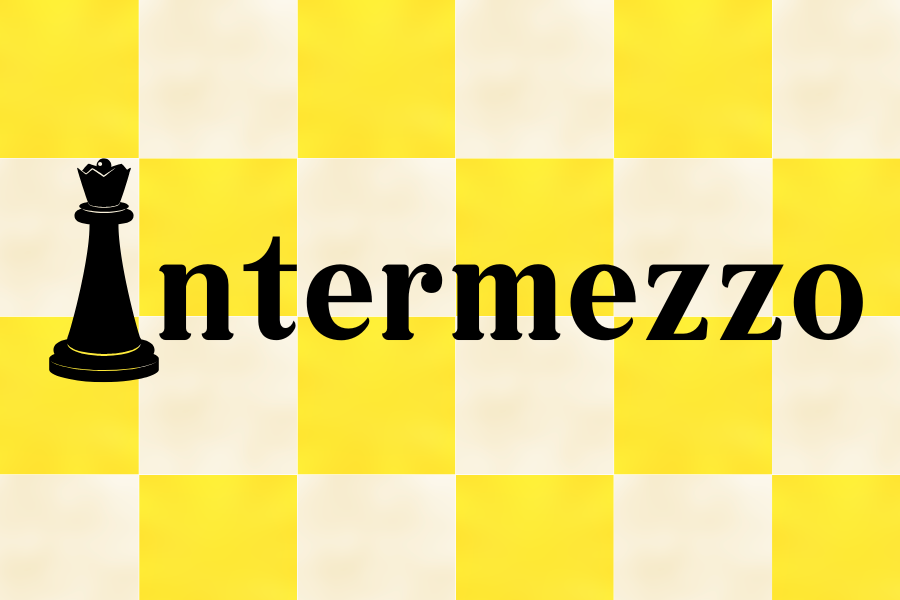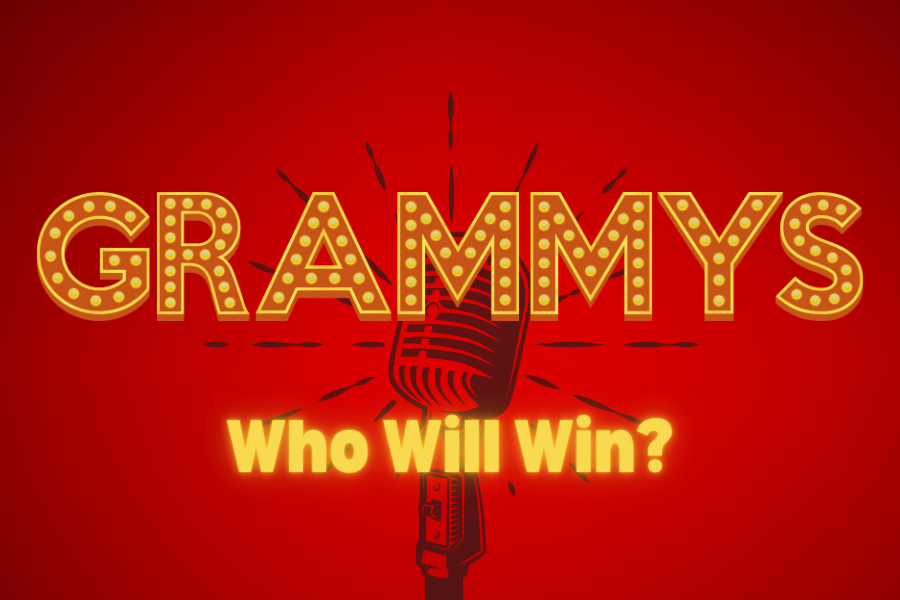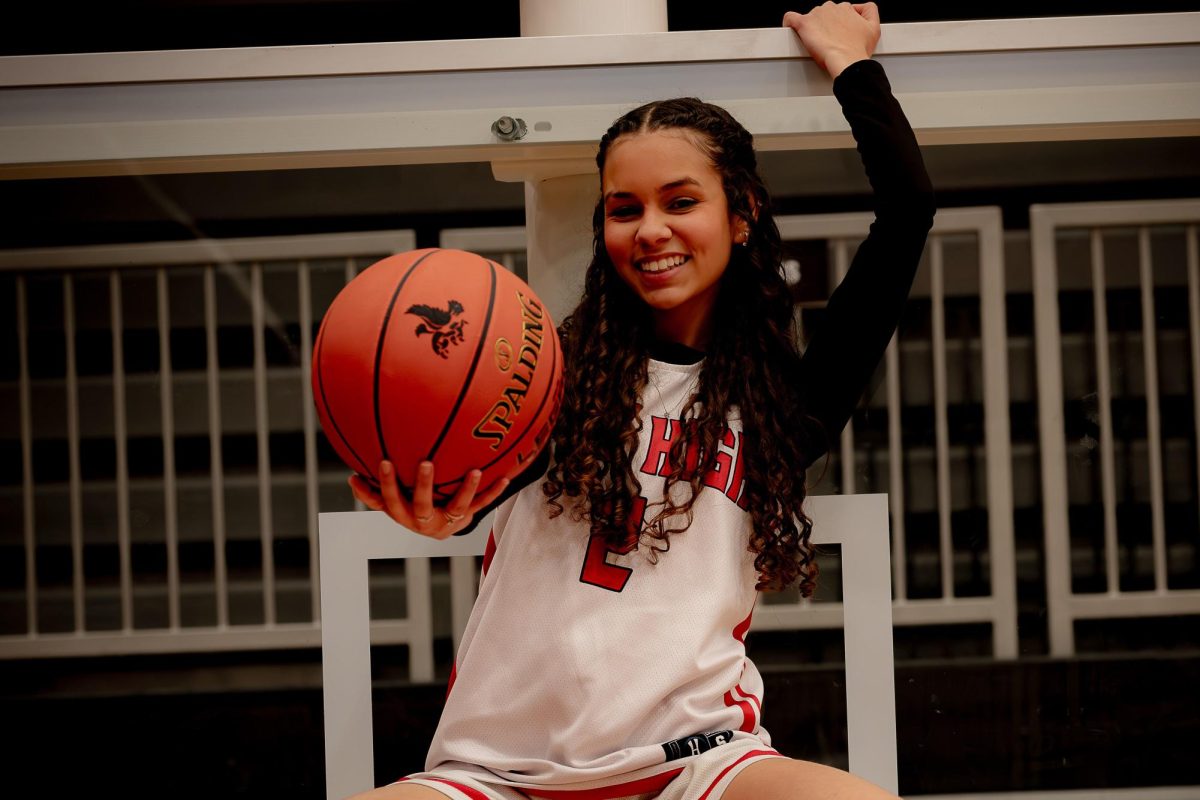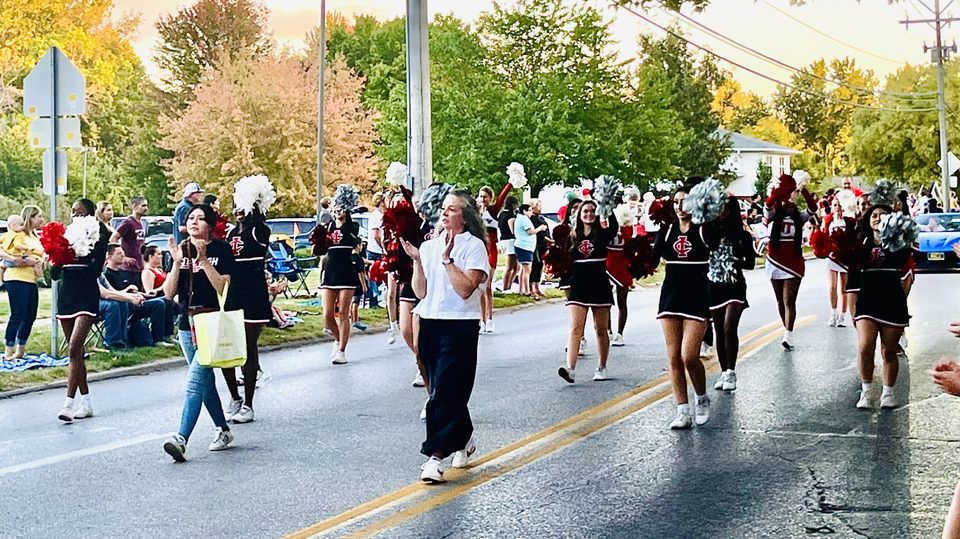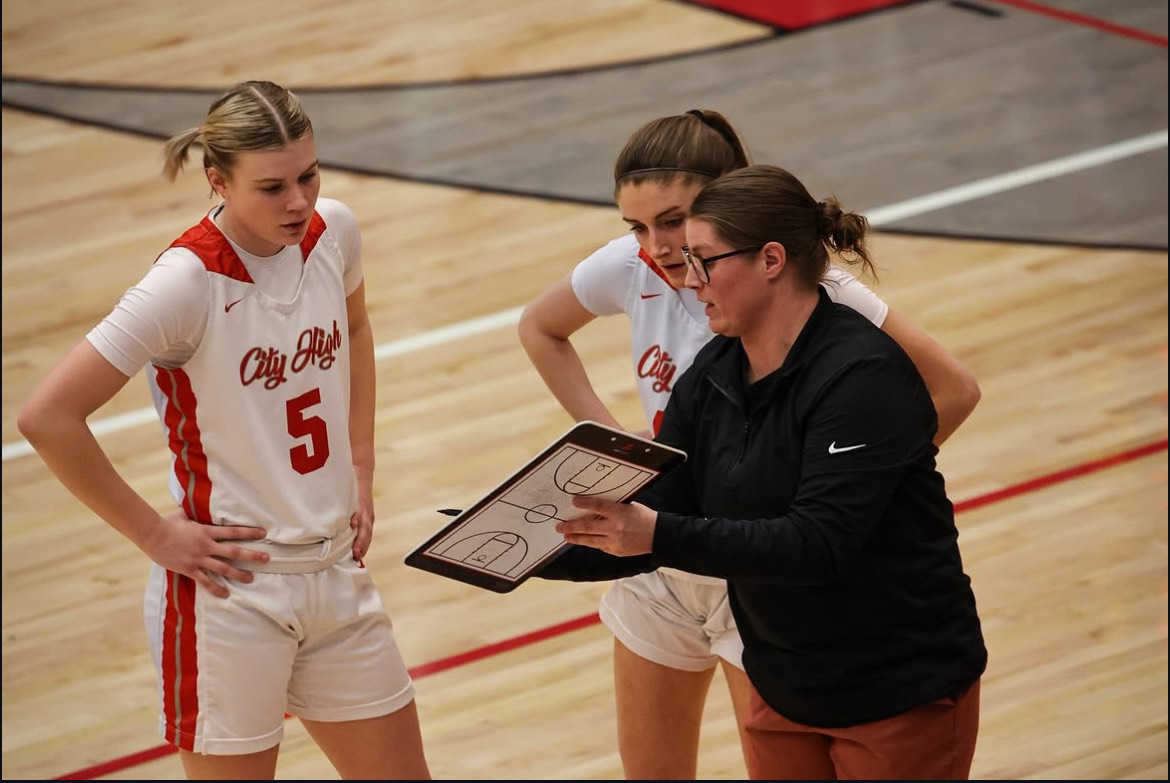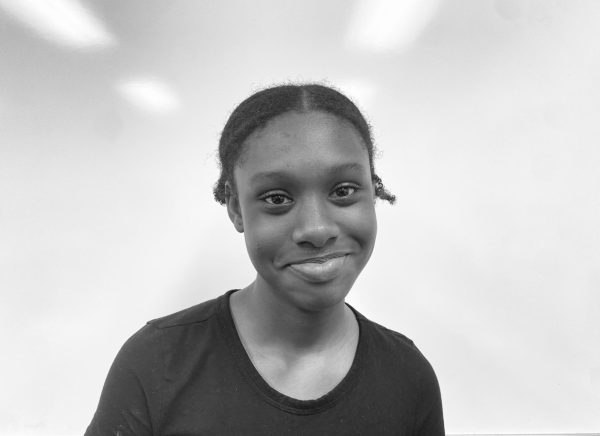Q: Can you share your background in cheerleading and coaching?
A: I was a cheerleader in high school for all four years and cheered at Burlington High School, in Burlington, IA. I had a great cheerleading coach while I was there–she won multiple state titles and has been awarded Iowa’s Cheerleading Coach of the Year many times. When I began my teaching career, I wanted to coach and build a program exactly like the one my cheerleading coach had built. It was much harder than I thought it would be, but in my seventh and eighth years of coaching I coached a team that won back-to-back state championships! After winning state, we moved because my husband got a new job. It was very hard to leave a program that I had spent such a long time trying to build into something great. After leaving my long-time coaching job in Williamsburg I coached cheer for a year in Bettendorf (I coached Ms. Carroll!) and then when we moved to Iowa City I started a cheerleading program at South East Junior High and coached as an assistant coach at City High for one year. This is my first time coaching cheerleading in about five years, but it’s my 16th year as a cheerleading coach.
Q: What type of team bonding activities have you started and how do you continue to build team cohesion?
A: Cheerleading itself is team building. In order for teams to be good, athletes really have to trust each other and work together. I try to set my stunt groups at the beginning of a season and not move them around too much. Because of that, there really isn’t room for anything but trust on a team. When you’re about to throw someone in the air, or trust that the athletes below you are going to trust you, you really can’t in any way be worried about if they like you or if you’re in a fight about something that happened during the day. In order to be successful and safe, you have to really be willing to set all of that aside. That way, every time we practice, we are building cohesion with our team. Outside of practice, we do other team building things also. Earlier this season we had a watermelon party for the football team and we got together to paint all of the run through signs for the season. We’ve also had team dinners together and worked together at various fundraisers.
Q: What initially inspired you to take up the job of head coach?
A: I’d been a head coach before and really enjoyed getting to know and work with student athletes outside of the classroom. I really love the sport of cheerleading–as far as I know, it’s the only athletic team or club that exists to support all other student athletes while also having a sport of their own. I think learning to support others while also maintaining your own standard of excellence is such an important skill to build in order to be a responsible member of society. I also love seeing athletes’ confidence increase as they become better and better and learn new skills.
Q: What are goals for the team this season and so forth?
A: My goals for the team this season are to be supportive of the teams we cheer for, to have fun, learn new skills, and keep everyone safe.
Q: Can you describe your experience in stunting and choreography?
A: My experience with choreography and stunting is that I’ve done both before and I’ve hired folks to come in and help with both of these things before.
Q: Any last words?
A: The last thing I want to say is that most people don’t realize how cheer is a sport in which you really get one opportunity to show what you can do. At competitions there are no “do-overs.” You can’t take a “time-out” if the first part of your routine doesn’t hit and you’re not allowed any substitutions in the middle of a competition when someone gets tired. I think one of the biggest differences between cheerleading and other sports is you really have to over prepare so that when you have the opportunity to perform, you are more likely than not to do exactly what you want to do. That’s not to say that [this] makes cheerleading any harder or easier than any other performance or competition, but that is to say it’s a completely different mindset and mental training that has to be done in order to be able to perform to the best of the team’s ability. When competing we spend four to five months preparing to perform a routine that will last no longer than two minutes and 30 seconds, and in that amount of time your practice and training either pays off or it doesn’t, and regardless of what happens, you have to wait a whole other year to try to do it again.






